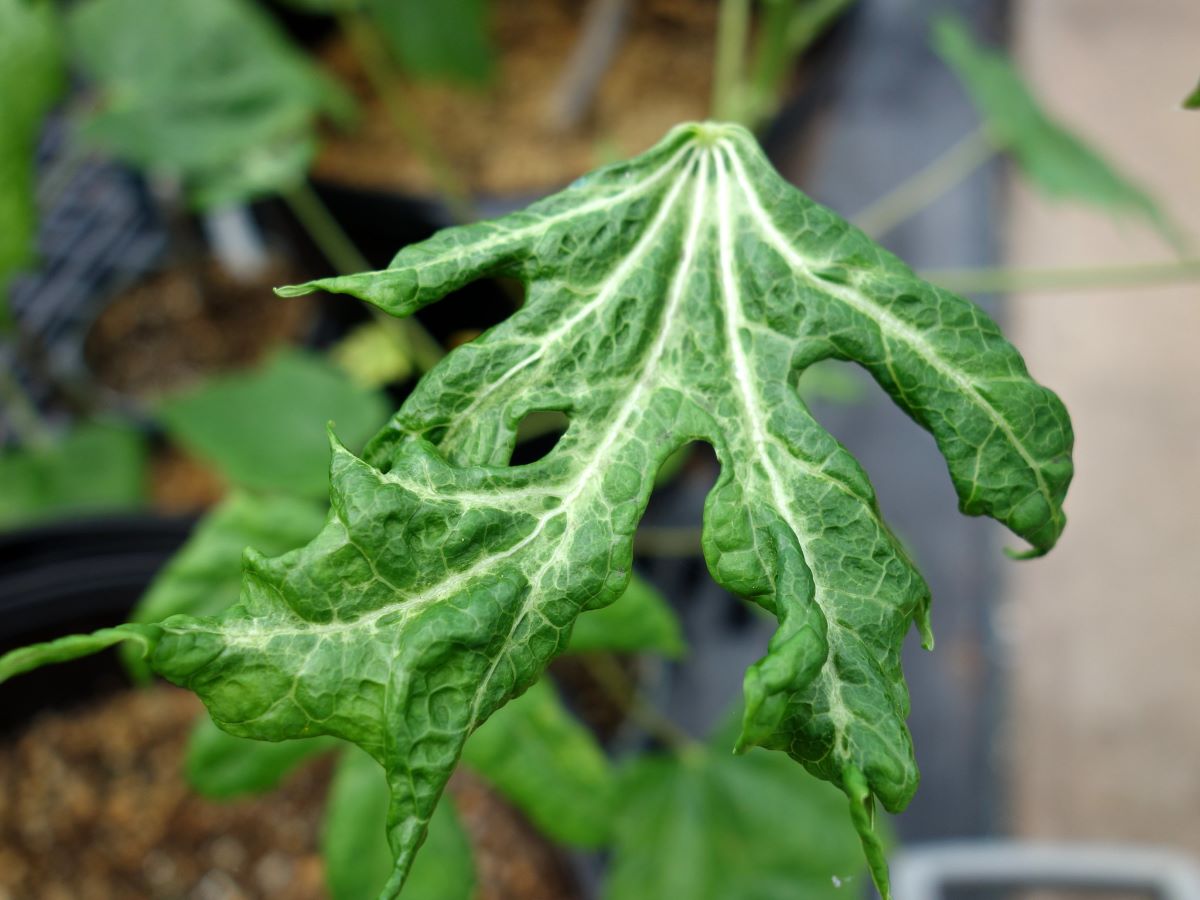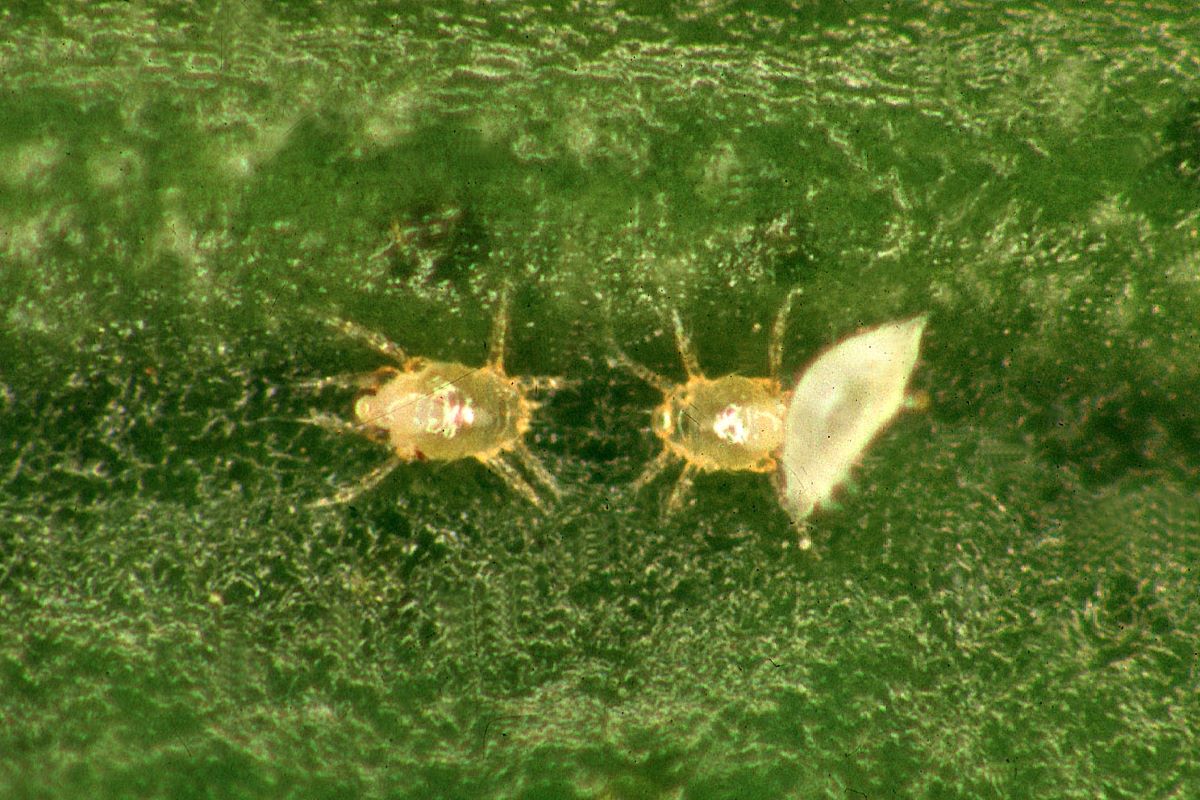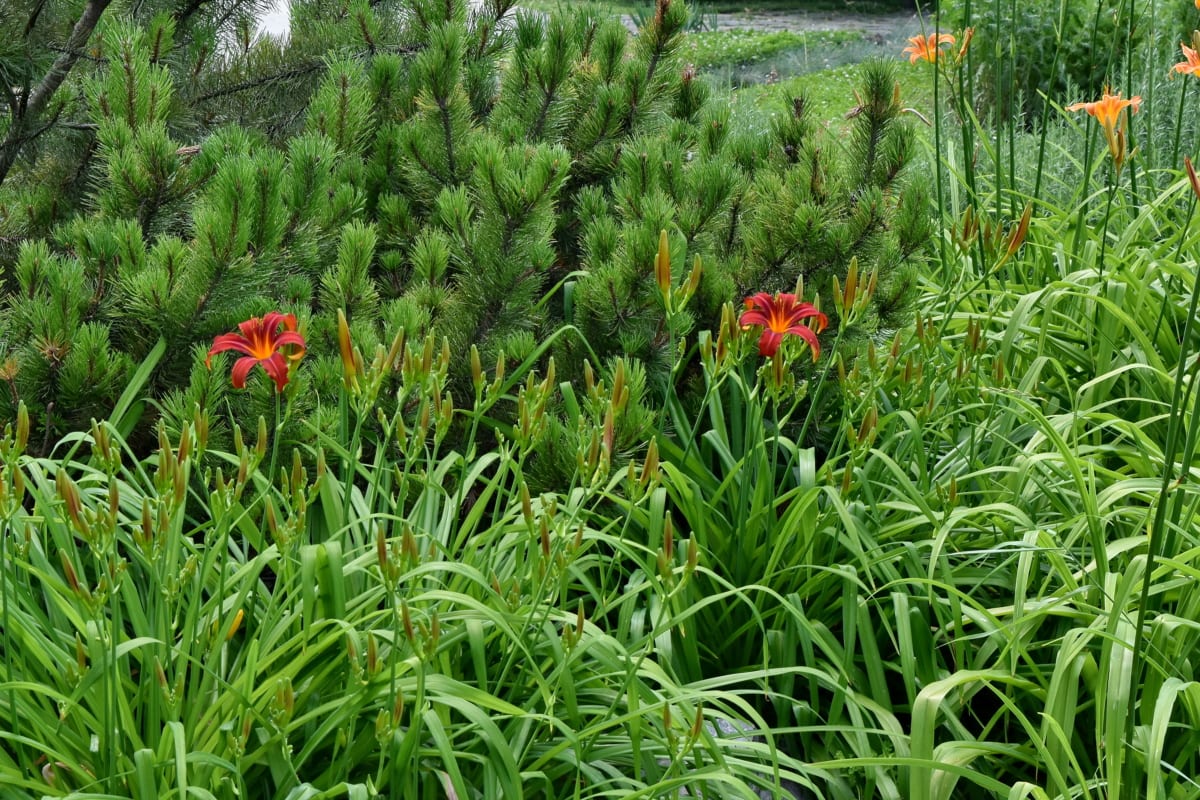
Image - Flickr / Scot Nelson
Known as the white spider, this is an animal that usually affects any type of crop horticultural causing irreparable damage to the productivity of plants.
Once present in crops, the white spider produces dwarfism in the most severe cases and causes visible damage to plants, for example leaves and shoots the nerves will be curled. Even when it attacks crops in general, it prefers peppers, cucumbers, tomatoes, aubergines and beans.
White spider symptoms?

Image - www.agric.wa.gov.au
The white spider, whose scientific name is Polyphagotarsonemus latusIt is usually found anywhere in the world, both in temperate and subtropical zones; In this last are able to subsist in the open air while in temperate climates they prefer crops that are protected from the outside environment.
In females, the life cycle begins early, to later get a plant to settle, a cycle that encompasses the egg, larva, larval pulp and adult stage.
Once on the plant, the female has an average life of 12 days and will be able to lay up to seven eggs per day if conditions are very good. Larvae hatch from the eggs in two or three days of incubationn, these larval pulps are collected by males and carried to other plants; a very efficient way to spread this pest.
It is worth remembering that these larval pulps will give rise to new female white spiders and the unfertilized eggs will become males.
What follows is a total invasion of the plants found in this growing area given the constant repetition of this reproduction process, provided that the climate and the food source allow it; in this way the arachnid settles down and begins to damage crops.
These white spiders can survive minimum temperatures of five degrees Celsius, but the ideal environment for them to reproduce and develop has to be between 20 and 25 degrees Celsius, preferably in shady crops where it is protected from death by excess light or heat.
In fact and in times of great drought it usually migrate to other plants using contact between plants to move horizontally, this season being the ideal to attack crops, however they are protected from the heat on the back of the leaves where they are installed.
Plants are harmed both by the presence of larvae and adult white spiders, they suck the sap from the plant affecting it in the different organs, for example if it attacks the flower, abortions will occur, if it attacks the fruit it will have visible deformations, in the leaf it deforms them pronouncing the curvatures, bulges them and curls the nerves in the upper ones, when it is present in all the plant produces dwarfism and a more green coloration than normal and when present on the stem produces abortion of axillary and terminal shoots.
How to prevent the presence of the white spider in crops?

- Protect side and top accesses and doors of the greenhouses placing nets and constantly monitor the conditions of these.
- Check that the plastics are not in bad condition.
- Keep them clean crops weed.
- Avoid grouping different crops in the same area.
- Protect the doors of the greenhouses with double doors, the meshes must be 10 x 20 threads for each square centimeter.
- Wait a while for start a new crop.
- Do not neglect the crop when the cycle ends.
Take the necessary precautions to prevent the pest from being transferred to the crop on work tools, clothing, etc. and is that this little spider that seems harmless, can end it all in no time, since the plague appears in a few days.
That is not the scientific name. It corresponds to a mite.
It could be thomisus or misumena.vat
Spiders are not insects.
The article begins very badly.
A little careful with disclosure.
Thanks for the correction, Ramón. We have already edited the article.
Greetings.
The photo is of a spider and I think it does not correspond to the one you are referring to, which is a mite, or am I wrong?
Hi Arthur.
Yes, it was a mistake. Thank you very much for the correction, it is already solved.
Greetings.